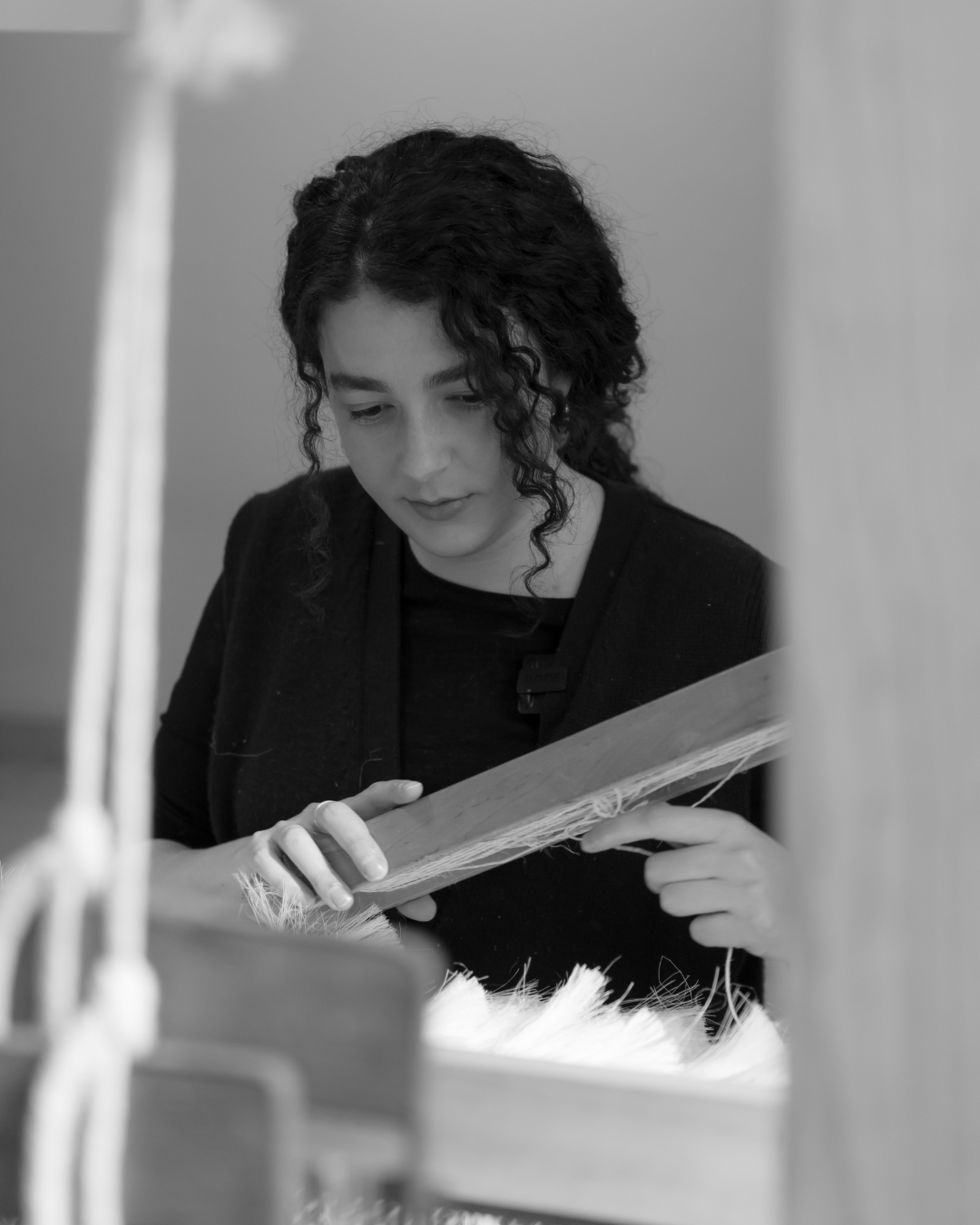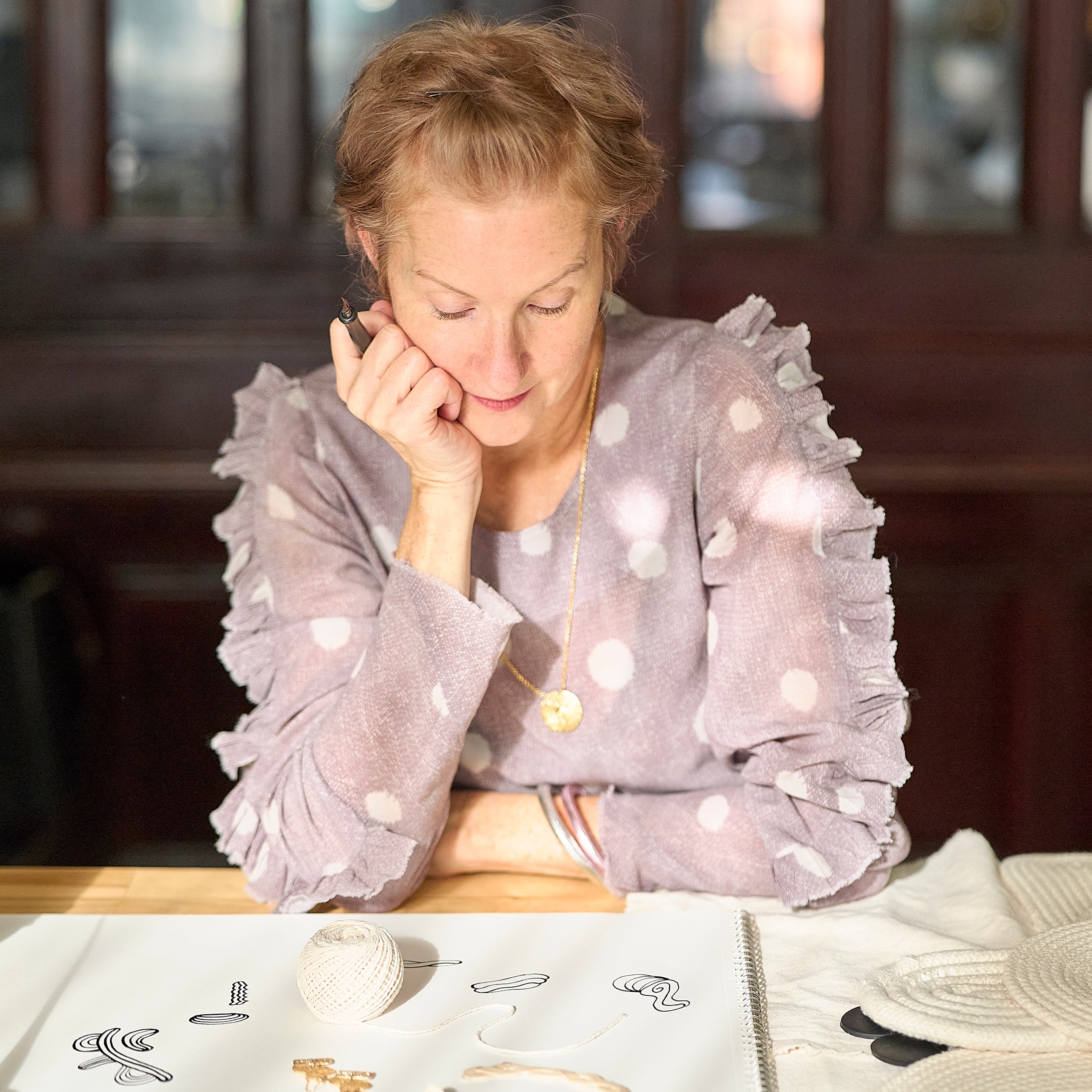
Meet the Maker: CŌG
CŌG crafts jewelry and sculptural objects inspired by nature and rooted in textile tradition, sustainably made in NYC from organic cotton, recycled brass, 14k gold, and sterling silver.
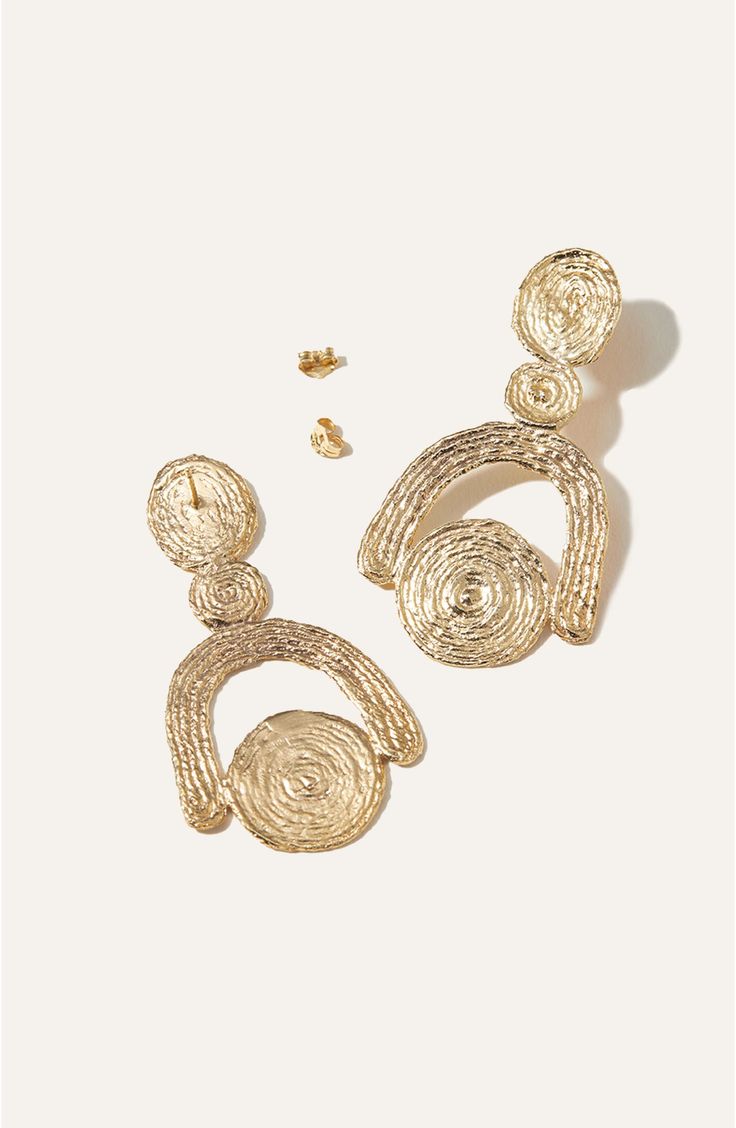
As Powered by People steps into the world of responsibly made jewelry, we’re thrilled to share the story of CŌG, a Brooklyn-based studio where sculpture meets design in the most tactile, intentional way. CŌG isn’t just about adornment; it’s about form, texture, and materiality. Founded by Jen Cogliantry, the brand reflects a quiet kind of craftsmanship, one that invites you to slow down and notice the details.
Jen’s background in graphic design, publishing, and art direction laid the foundation for her shift toward hands-on creation. In 2018, she launched CŌG, channeling her interest in materials like thread, fiber, clay, and metal into a brand that merges art with utility. Today, her work spans jewelry and home goods, each piece designed to last. CŌG’s process is rooted in experimentation. Early sketches and handmade studies evolve through lost-wax casting, a technique that captures intricate textures and sculptural details. The resulting pieces are both refined and expressive, organic in feel, yet clean and architectural in form.
Sustainability is central to CŌG’s values. Jen works with recycled metals, including 14K gold, sterling silver, and brass, all responsibly sourced and crafted locally by skilled artisans in New York. Each step of the process is intentional, focused on durability and reducing waste.
CŌG’s minimalist style has found a broader audience through retailers like Nordstrom, where their designs appeal to customers looking for understated yet striking pieces. As we welcome more independent jewelry makers to Powered by People, we’re proud to highlight brands like CŌG, where thoughtful design and responsible production go hand in hand.
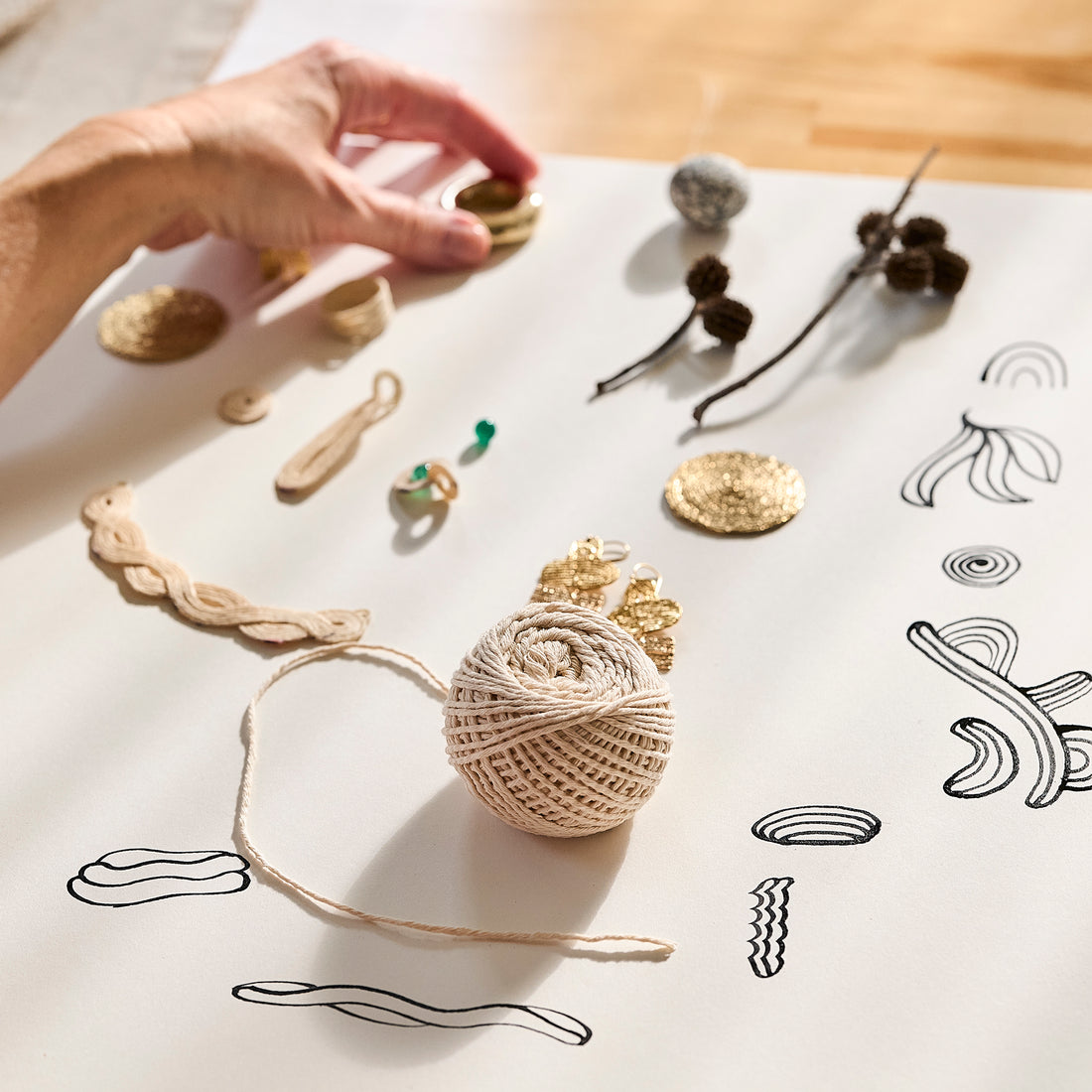
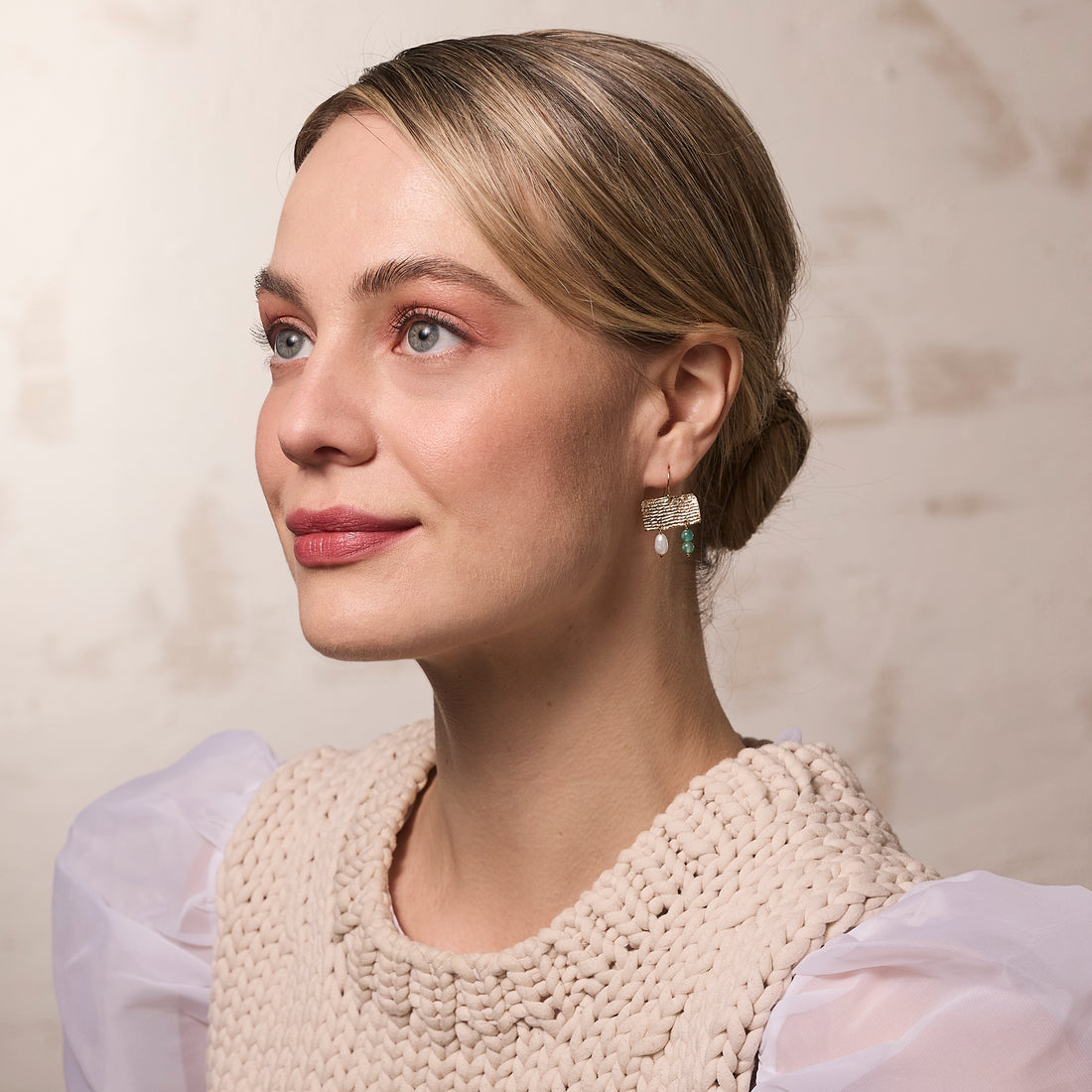
We caught up with Jen for a Q&A to dive deeper into her creative process, materials, and what inspires her work at CŌG.
CŌG's designs are known for their unique fusion of textile art and metalwork. Can you share more about your creative process and how you transform materials like cotton threads or clay into the sculptural jewelry and objects that define your collections?
The root of my work is informed by organic shapes and patterns found in nature. I’m deeply interested in the transformation and interaction of materials—particularly the interplay between the softness of fiber and the reflective qualities of metal. The combination of these characteristics has profoundly shaped my creative direction.
These influences and materials define my collections, from large-scale wall pieces to statement jewelry. These are the threads (pardon the pun) that run consistently through my work.
Sustainability plays a significant role in CŌG's philosophy, with the use of recycled metals and ethical production methods. What inspired this commitment to sustainable practices, and how do you ensure these values are upheld throughout your design and manufacturing processes?
I’m deeply aware that creating my (work) collections, while meaningful, can also have an environmental impact. That’s why I approach my practice with care and intention, doing my best to repurpose materials and keep waste to a minimum. The fibers I work with are U.S.-sourced organic cottons and wools, and the metals I cast are all recycled. I also collaborate with a local, green-certified caster who shares my commitment to sustainability. As the sole creator behind COG, I keep my footprint as small as possible—crafting with purpose, and always striving to tread lightly.
Your work draws inspiration from artists such as Alexander Calder, Sheila Hicks, and Eva Hesse. How have these influences shaped the aesthetic and conceptual aspects of CŌG's creations, and in what ways do you see your pieces continuing this artistic dialogue?
I stand in awe of the artists who inspire me—the scale and playfulness of Calder, the dimensionality and vibrant richness of Sheila Hicks, and the sculptural, multi-material work of Eva Hesse. These are qualities I deeply admire and strive toward in my own practice. When I create, I think about the person who might wear a piece or hang it on their wall, and I hope to evoke a sense of connection—the kind of quiet joy or moment of levity I feel when standing in front of their work. I believe that art, at any scale, should move someone—even if in the smallest way.
11 Must-Have Holiday Gifts
Tis the season for standout finds. Unwrap our top holiday picks
Read moreThe Woven Wall
For Mexico-based maker KREYÉ, the artistry of craft represents both beauty and commerce
Read more

